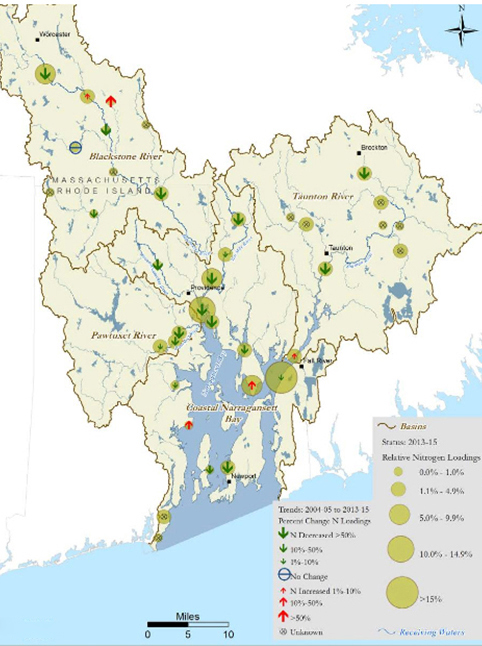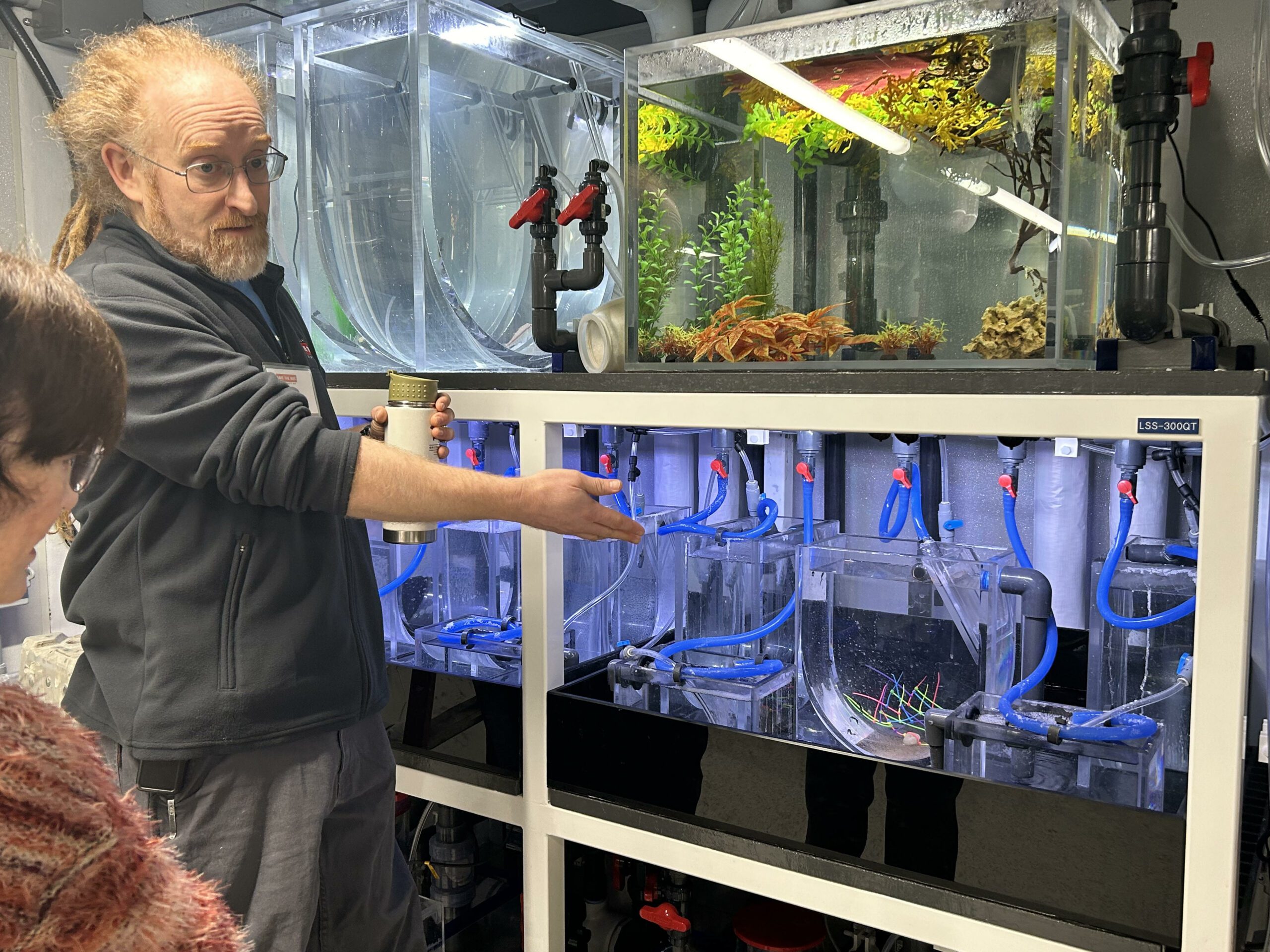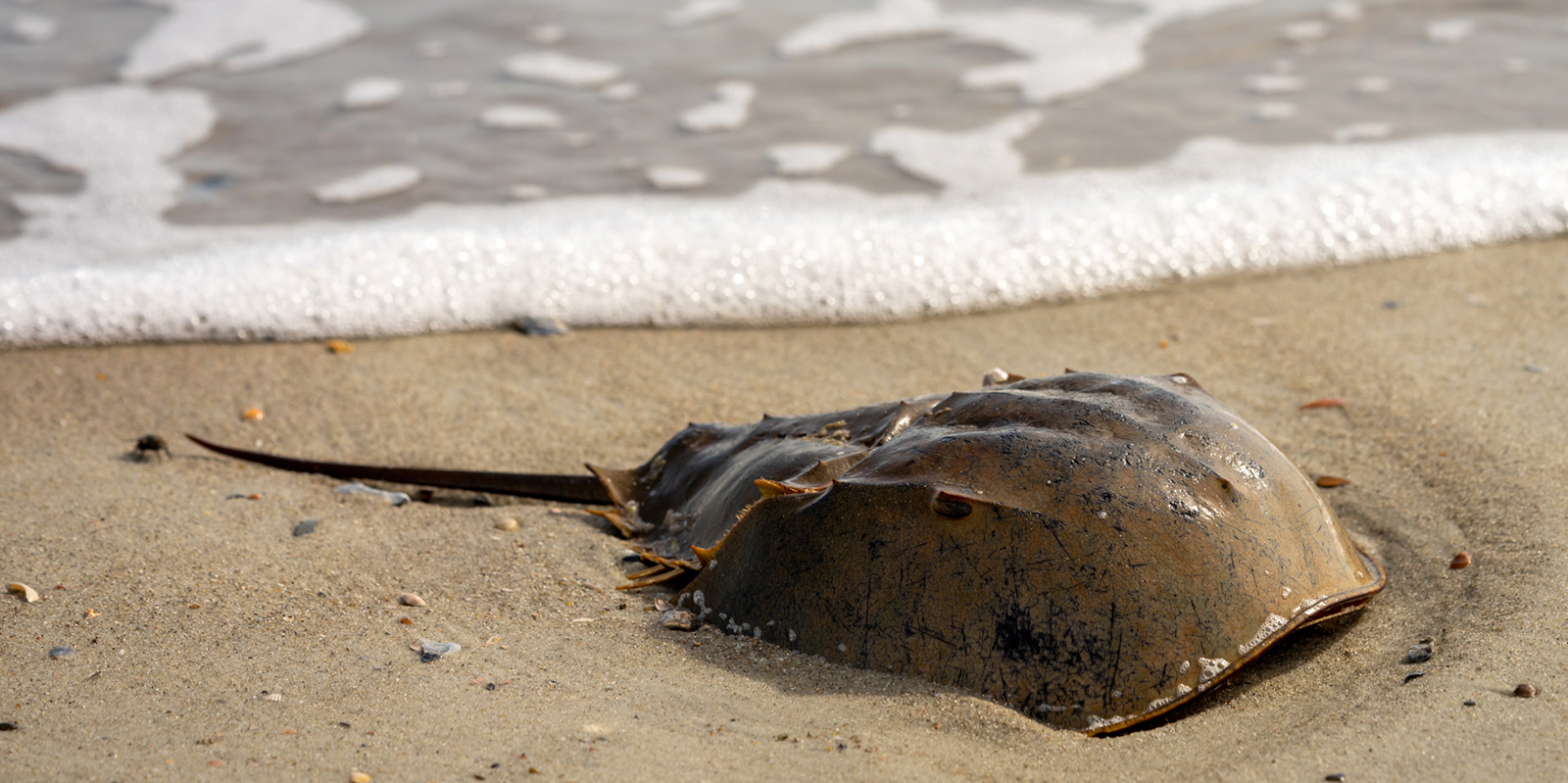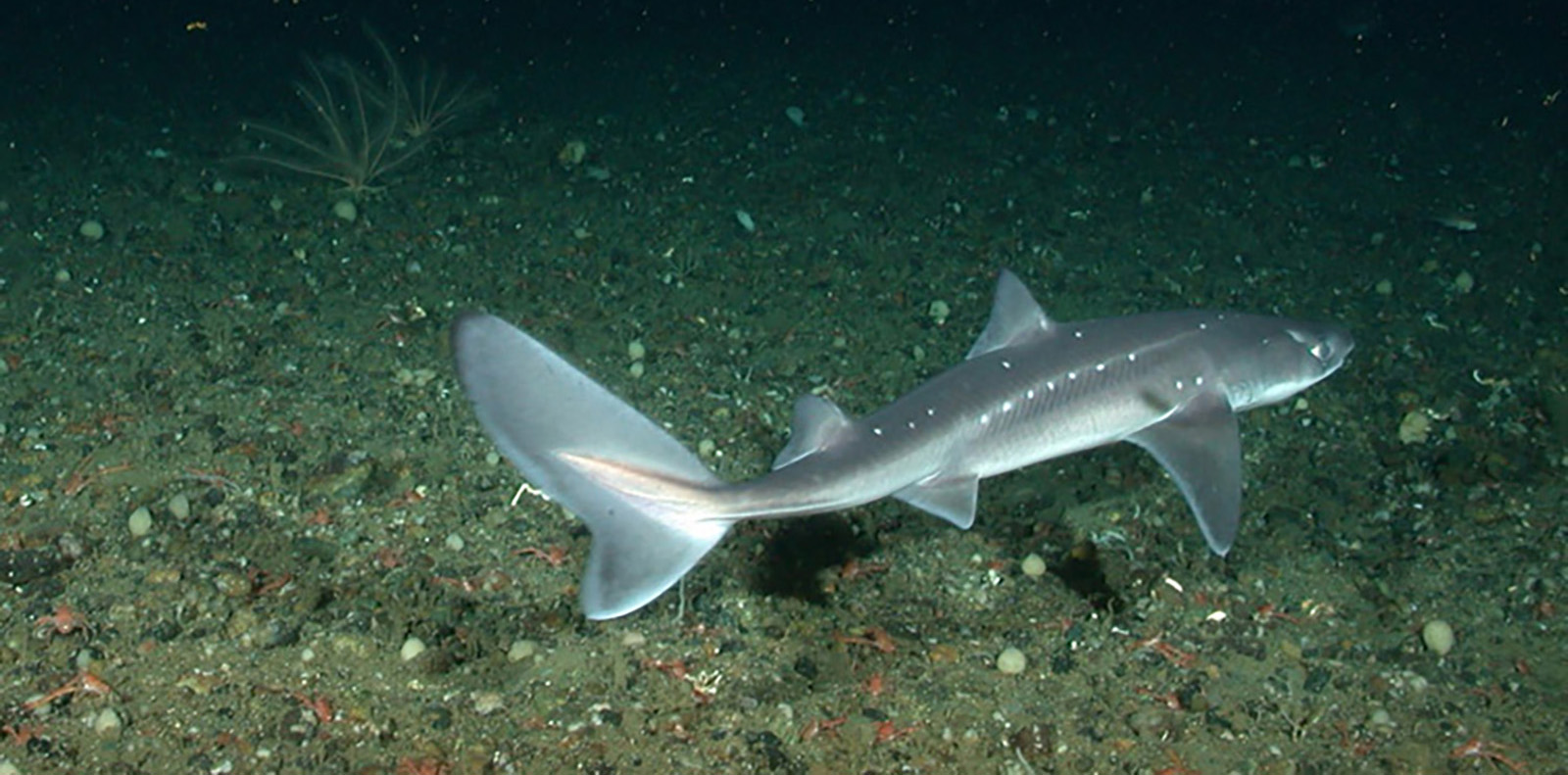Long List of Factors Stressing Out Narragansett Bay
April 27, 2017
The Narragansett Bay Estuary Program has developed a draft report on the status of Narragansett Bay entitled “State of the Bay and its Watershed.” The report assesses 24 indicators throughout the bay and its watershed — some 60 percent of it is in Massachusetts — based on best available science and current research efforts.
Public comments on the draft report will be accepted until the close of business May 22. Comments should be e-mailed to [email protected]. The Narragansett Bay Estuary Program (NBEP) will revise and finalize the report and prepare a summary based on public feedback.
ecoRI News recently went through the report. Numerous factors, beyond climate change, sea-level rise and legacy contaminants, stress Rhode Island’s most significant natural resource. Here is a look at some of the others detailed in the NBEP’s draft report:

Population growth typically leads to increased nutrient loading, more impervious surfaces and habitat fragmentation. From 2000 to 2010, the population living within the Narragansett Bay watershed increased by nearly 8 percent, to 1.95 million people.
Quote: “It is well established that the way human society uses and protects the land within a watershed has critical implications for freshwater streams, estuarine waters, and associated habitats.”
Quote: “To protect the environmental quality of the watershed, effective land use management and regional planning practices must be implemented.”

Land-use changes in the Narragansett Bay watershed, especially the conversion of natural lands to manmade areas, impacts the resiliency of hydrological functions, alters the delivery of nutrients to rivers and the bay, affects terrestrial, aquatic and estuarine habitat conditions, and contributes to an increase of pathogens into recreational and shellfishing waters.
Quote: “The conversion rate of natural land cover to developed land has outpaced the population growth rate in this region over the last few decades.”
Quote: “In addition, a decline in forest lands indicates habitat fragmentation and less area to protect water resources.”

Impervious surfaces are a known stressor of both water quality and water quantity, as pavement, buildings and concrete impact the natural hydrology and habitat condition of the watershed. Impervious cover promotes above-ground flow of stormwater directly into local waterbodies, rather than infiltration of runoff through the soil. This change results in more nutrients, pathogens and other pollutants entering waterbodies.
Quote: “There are numerous studies suggesting that watershed degradation increases substantially when impervious cover reaches a threshold of 10 to 20 percent of the watershed’s land area.”
Quote: “The amount of impervious cover in Narragansett Bay’s HUC12 subwatersheds demonstrates the considerable extent of urbanization around the Bay. Impervious cover exceeded the 10 percent ecological threshold in 36 of the 52 subwatersheds.”

Nutrient loading refers to the input of nutrients into the ecosystem from numerous human sources, including centralized and on-site wastewater treatment facilities, stormwater runoff and air pollution. Phosphorus and nitrogen are naturally occurring nutrients in sewage. Such loading within the Narragansett Bay watershed has cascading negative impacts through the physical, biological and human-health indicators.
Quote: “The downward trend in total nutrient loading will likely improve the physical and biological health of ecosystems in the Narragansett Bay watershed.”
Quote: “The largest threat that nutrient loading (nitrogen and phosphorous) poses for a watershed is the potential for eutrophication.”
Chemical contaminants of emerging concern (CECs) refers to chemicals that have been identified recently in natural waters that have no regulatory standards associated with them and can potentially cause adverse effects to aquatic life.
They include but aren’t limited to nonprescription and prescription pharmaceuticals, personal-care products, and industrial chemicals used in a wide range of consumer, commercial and industrial products. Some examples: antidepressants, antihypertensives, antibiotics, painkillers and synthetic hormones; antimicrobials such as Triclosan; UV blockers in sunscreens such as oxybenzone; DEET, a pesticide which is applied to human skin; fragrances such as synthetic musks; flame retardants such as polybrominated diphenyl ethers; additives to plastics; and synthetic materials such as bisphenol A, commonly referred to as BPA.
Wastewater treatment facilities were never designed to treat or remove CECs.
Quote: “The behavior and fate of CECs in aquatic systems are not well understood; consequently, the knowledge about the exposure risk from CECs to aquatic life and human populations is limited.”
Quote: “The Providence River, in particular, is an area of concern due to the daily volume of wastewater effluent entering this sub-embayment. This is also critical for other locations in Narragansett Bay, particularly where commercial, wild seafood harvesting, aquaculture activities, and human recreation are occurring.”
Editor’s note: This is the first of three stories analyzing the draft report.




Not for nothing, but it’s about time the eco community recognizes the real threat to the health of the bays and tributary’s, not only here, but everywhere, sewerage treatment plants and their limitations. This is the real problem, and finally, the guise of global warming, the favorite issue to blame everything on! It’s about time. Think about all THAT KILLER CHLORINE, and your meds legal and illegal, that is ruining fish production!